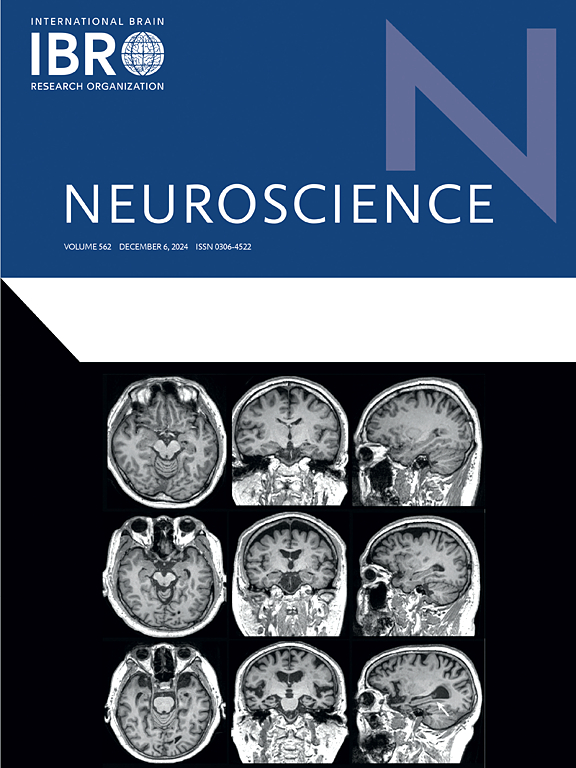Social behavior in South American electric fishes: Linking neuroendocrine Regulation, signal Plasticity, and reproductive strategies
IF 2.9
3区 医学
Q2 NEUROSCIENCES
引用次数: 0
Abstract
Cross-species analysis can provide valuable insights into the neural and hormonal mechanisms underlying behavior. South American weakly electric fishes (order Gymnotiformes) are ideal models due to their well-characterized electric signals, which convey important social information. These signals are quantifiable and traceable to specific brain and peripheral substrates. This review focuses on social electric signaling in two nocturnal gymnotiform species found syntopically in Uruguay: Gymnotus omarorum and Brachyhypopomus gauderio. We examine the influence of sex, social context, and neuromodulators on signal flexibility across day/night and seasonal cycles. Common features include a nocturnal increase in basal electric rate mediated by melatonin, enhancing awareness and social engagement; androgen-mediated seasonal protection of electric signals against high summer temperatures; and the production of social electric signals, such as chirps and interruptions, during social interactions, modulated by vasotocinergic and serotonergic systems. Key differences lie in neuromodulator involvement and signal plasticity: B. gauderio exhibits greater signal flexibility, with sex- and context-dependent waveform changes and a broader repertoire of transient social signals used in dyadic interactions, supported by distinct neural mechanisms. These differences likely reflect species-specific reproductive strategies and their associated costs, such as predation pressure. This review underscores the value of studying electric behavior to understand the integration of internal states with environmental and social cues, offering insights into mechanisms underlying behavioral responses to natural challenges.

南美电鱼的社会行为:连接神经内分泌调节、信号可塑性和繁殖策略。
跨物种分析可以对行为背后的神经和激素机制提供有价值的见解。南美洲弱电鱼类(裸子目)是理想的模型,因为它们的电信号具有很好的特征,可以传递重要的社会信息。这些信号是可量化的,可追溯到特定的大脑和外周基质。本文综述了在乌拉圭发现的两种夜间活动的裸子动物——omarorum和Brachyhypopomus gauderio的社会电信号。我们研究了性别、社会背景和神经调节剂对昼夜和季节周期信号灵活性的影响。共同特征包括褪黑素介导的夜间基础电率升高,增强意识和社会参与;雄激素介导的夏季高温下电信号的季节性保护社会电信号的产生,如啁啾声和中断,在社会互动中,由血管生成素和血清素能系统调节。关键的差异在于神经调节物的参与和信号的可塑性:B. gauderio表现出更大的信号灵活性,具有性别和上下文相关的波形变化和更广泛的在二元相互作用中使用的短暂社会信号,由不同的神经机制支持。这些差异可能反映了物种特有的繁殖策略及其相关成本,如捕食压力。这篇综述强调了研究电行为的价值,以了解内部状态与环境和社会线索的整合,并提供了对自然挑战的行为反应机制的见解。
本文章由计算机程序翻译,如有差异,请以英文原文为准。
求助全文
约1分钟内获得全文
求助全文
来源期刊

Neuroscience
医学-神经科学
CiteScore
6.20
自引率
0.00%
发文量
394
审稿时长
52 days
期刊介绍:
Neuroscience publishes papers describing the results of original research on any aspect of the scientific study of the nervous system. Any paper, however short, will be considered for publication provided that it reports significant, new and carefully confirmed findings with full experimental details.
 求助内容:
求助内容: 应助结果提醒方式:
应助结果提醒方式:


